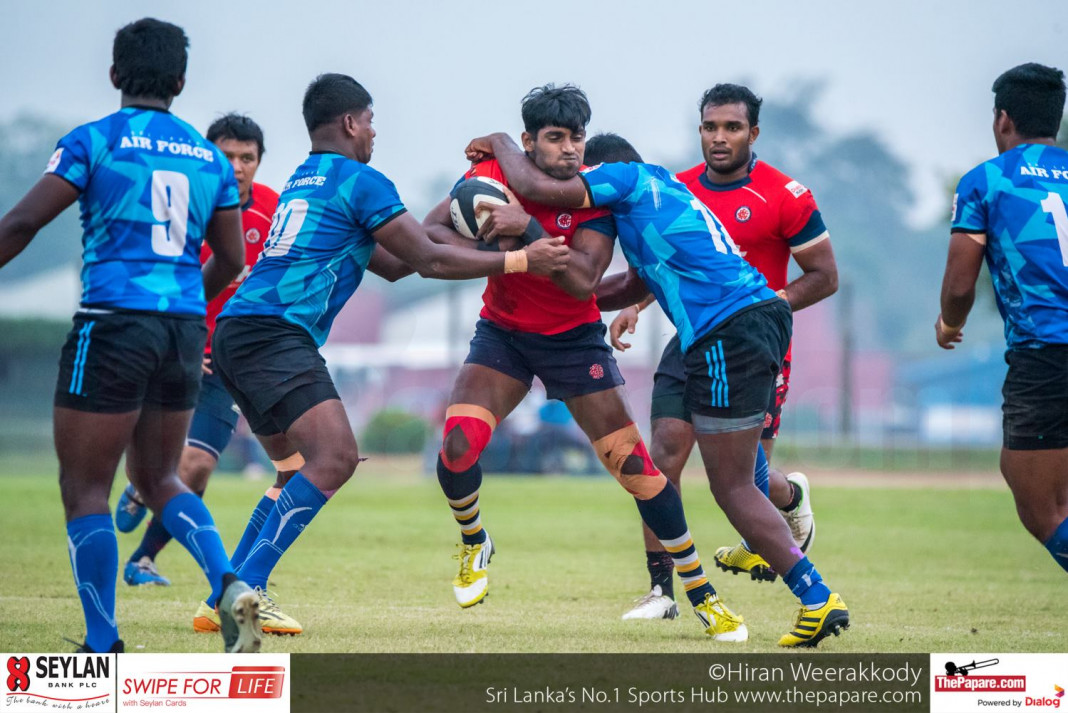With the New Year comes two new tackle amendments to the rugby laws that reflects a tougher approach to reckless and accidental head contact by World Rugby. Punishments for dangerous tackles increase and they effectively lower the acceptable height of a tackle.
These amendments took effect on the 3rd of January 2017 and come as two new categories of a dangerous tackle are introduced; the reckless tackle and the accidental tackle. A reckless tackle occurs when a player knew, or should have known, that there was a risk of making contact with an opponent’s head but did it anyway. This includes tackles that start below the shoulders and also grabbing, rolling or twisting around the neck and head area. The minimum sanction for a reckless tackle is a yellow card with the maximum sanction being a red card.
The second category of a dangerous tackle is an accidental tackle. This is where a player makes accidental contact to an opponent’s head during a tackle. This includes where the ball carrier slips into the tackle and it carries the minimum sanction, a penalty.
World Rugby is taking responsibility for minimizing head injuries after extensive research showed that 76 percent of all head injuries occurred in tackles, with tackle height being a contributing factor. An evidence-based approach to the review of the rugby laws shows that World Rugby are serious about developing and implementing best-practice interventions that make player welfare a priority.
Some fear the new laws will change our game in a negative way where players will play act, or take a dive, to bring about a sanction for the tackler. So would rugby players fake an injury to get their team an advantage? I have seen players take a knee so their teammates could have a drink of water. Teams have been known to have a call where the slowing of the game is a deliberate ploy. I have seen players in other sports who look like they will never walk again only to spring back to full strength in the very next play. So it does not seem out of the ordinary that some players may take advantage of the new tackle amendments.
Of course if there has been contact with the head it must be treated as a head injury and a head injury assessment must be performed. This may sound simple but it takes time, about five minutes, and the test is easy to get wrong. A failed head injury assessment means the player will not reenter the game. The consequences of “crying wolf” may backfire on wannabe actors who employ a touch of the dramatic and find themselves replaced on the field because of the quality of their performance.
How will it affect the game locally?
Technically the hope is that players here will be forced to improve their tackle technique or experience World Rugby’s tough new stance on dangerous tackles. Generally speaking a low tackle is the most effective and consistent way to halt an opponent’s progress. But the amount of tackles missed in the local competition, because players are attempting to tackle high, is alarming.
There are more attempted high tackles in Sri Lankan rugby than there are textbook low tackles around the legs. A textbook low tackle is where the tackler gets their foot in close to the ball carrier, has a late dip from the knees and then drives with his legs after the contact. Where the same shoulder/same foot power base is used and the head is in the correct position with a wrapping of the arms around the ball carrier. The employment of this tackle in Sri Lankan rugby at all levels will improve our game so we can compete on an International stage.




















